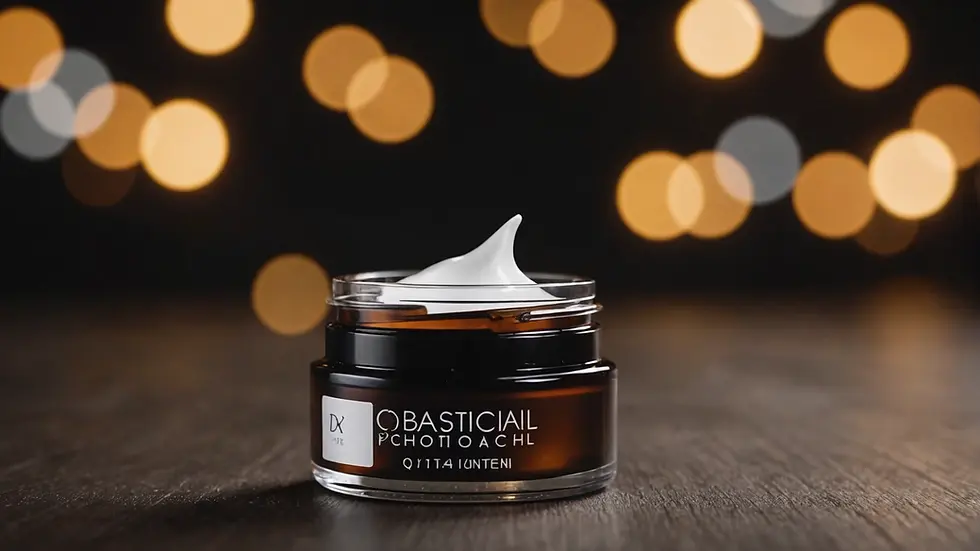Unveiling the Aesthetician's Expertise: A Q&A on Fillers and Botox
- drrejithrag
- Oct 3, 2024
- 3 min read
In the quest for youthful and radiant skin, fillers and Botox have become go-to solutions for many beauty enthusiasts. To shed light on these popular aesthetic treatments, we turn to an experienced aesthetician for an insightful Q&A session. Let's delve into the world of fillers and Botox to uncover the facts and dispel the myths.
Q1: What are fillers, and how do they work?
Fillers, also known as dermal fillers, are injectable substances designed to add volume, smooth out lines, and enhance facial contours. These substances, often made of hyaluronic acid or collagen, work by replenishing lost volume, resulting in a plumper and more youthful appearance.
Q2: Can you explain the differences between fillers and Botox?
While both fillers and Botox are injectable cosmetic treatments, they serve different purposes. Fillers work by adding volume to specific areas, addressing wrinkles and enhancing features. On the other hand, Botox, derived from botulinum toxin, relaxes muscles to minimize the appearance of wrinkles caused by facial expressions.
Q3: What are the common areas where fillers are used?
Fillers are versatile and can be used to address various concerns, including nasolabial folds, marionette lines, lip enhancement, and cheek augmentation. Each area requires a specific approach to achieve natural-looking results tailored to the individual's unique facial anatomy.
Q4: Are fillers safe, and what are the potential side effects?
When administered by a qualified professional, fillers are generally safe with minimal risks. Common side effects may include redness, swelling, or bruising at the injection site, which typically subside within a few days. It's essential to choose a reputable provider to minimize the risk of adverse reactions.
Q5: What can one expect during a filler treatment session?
During a filler treatment session, the aesthetician will assess your concerns and recommended areas for enhancement. The injections are relatively quick and typically well-tolerated, with some providers offering numbing options for enhanced comfort. Results are immediate, allowing you to appreciate the subtle yet transformative effects of the treatment.
Q6: How long do fillers last, and are touch-up sessions required?
The longevity of fillers varies depending on the type of filler used and individual factors. On average, most fillers last between 6 to 18 months before gradually being absorbed by the body. To maintain optimal results, touch-up sessions are recommended to ensure a consistent and refreshed appearance.
Q7: What are some misconceptions people have about Botox?
One common misconception about Botox is that it results in a frozen or unnatural look. However, when administered correctly, Botox can provide subtle and natural-looking results by targeting specific muscles responsible for wrinkles while preserving facial expressiveness.
Q8: How does Botox complement the effects of fillers?
Botox and fillers can be used in conjunction to create a comprehensive anti-aging strategy. While fillers add volume and address static wrinkles, Botox targets dynamic wrinkles caused by muscle movement, resulting in a harmonious and balanced rejuvenation of the face.
Q9: What advice do you have for individuals considering fillers or Botox treatments?
Before undergoing any aesthetic treatment, it's crucial to research reputable providers, understand the potential risks and benefits, and have realistic expectations. Consultation with an experienced aesthetician is key to designing a personalized treatment plan that aligns with your aesthetic goals and preferences.
As we unravel the artistry behind fillers and Botox, it's evident that these treatments, when performed skillfully, can enhance one's natural beauty and confidence. Embrace the transformative power of aesthetic enhancements under the expert guidance of qualified professionals for a rejuvenated and radiant appearance.




Comentarios